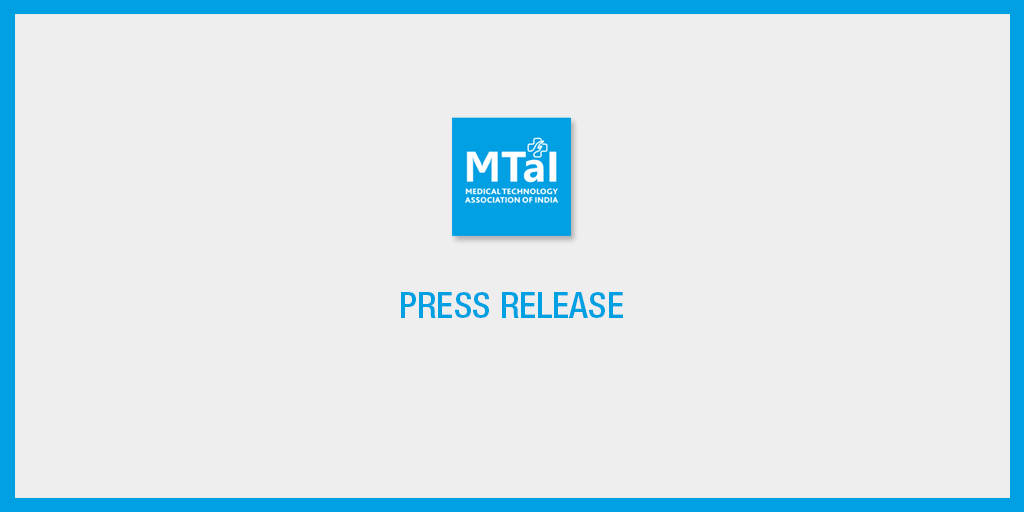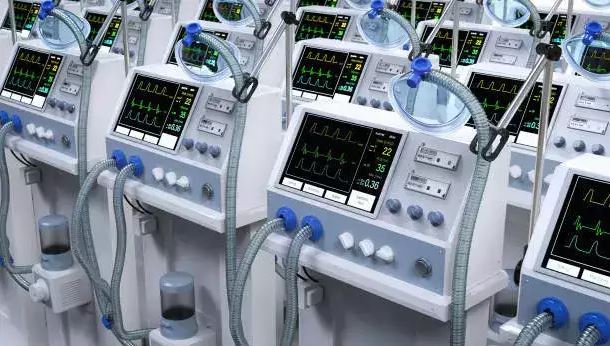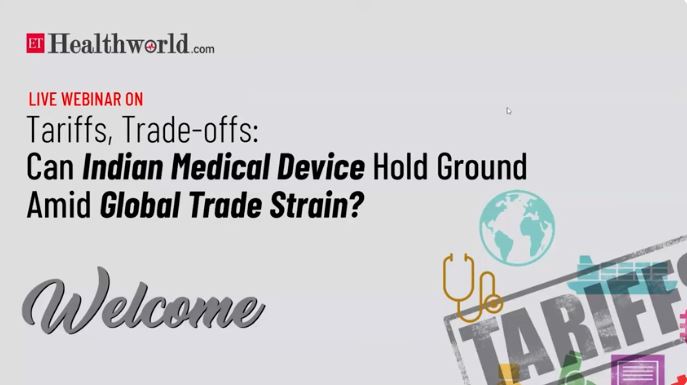- Increase in MedTech imports from China by 57% in FY 21-22 raise concerns
- Japan can become the China+1 alternative for MedTech imports from Asia amid rocky diplomatic ties
New Delhi, March 02, 2023: Medical Technology Association of India (MTaI), which represents leading research-based medical technology companies with large footprint in manufacturing and training in India, today recommended Japan as the China+1 alternative for MedTech imports. MTaI stated that India, like most countries, including leading manufacturing hubs like the US, Japan, and Europe, meets a significant portion of its MedTech needs through imports. However, the increasing value of MedTech imports from China is becoming a growing concern, and alternatives must be explored on priority.
At present, India has developed adequate manufacturing capacity for some categories of medical equipment; but for more complex technologies it is reliant mostly on imports from the west like the US, Europe, UK, and from China, Japan & Singapore in the East.
Pavan Choudary, Chairman, MTaI said, “India’s dependence on medical device imports is not unusual, as even developed MedTech-Manufacturing hubs such as the US, Germany and Japan rely substantially on imports, with import shares of around 40%. China, which accounts for around 20% of the global medical device market, also has an import share of 70%. The reason for this is that it is not practical for a single geographical location to have the manufacturing and ancillary ecosystem suitable for manufacturing all types of medical devices and equipment. Therefore, most MedTech hubs specialize in a few segments which they robustly export, and most of the medical equipment is manufactured in just a couple of locations worldwide, catering to the needs across the globe.”
While importing quality and advanced medical technology is not difficult, one growing concern is the increasing value of imports from China. Despite border disputes and rocky diplomatic ties between the two countries, the imports from China of major categories of medical devices increased by 57% from $327 billion in FY20-21 to $515 billion in FY21-22, which is an alarming increase from a rival nation.
“India’s vision of attaining self-sufficiency in MedTech sector through the introduction of incentivizing schemes like Production Linked Incentive (PLI), is worthwhile but will have its own gestation period. Therefore, India should urgently explore alternatives to imports from China. One route to achieve this is to be self-sufficient in segments where India has or can develop manufacturing capacity in the near term. For segments where India can acquire the capacity to produce only in the mid to long term, India can adopt a two-pronged approach: meet its needs by sourcing from the West, who have historically been reliable partners, and adopt a China+1 strategy for sourcing from Asia,” said, Choudary.
“The China + 1 alternative for imports from Asia could be Japan, as both India and Japan have a rich history of amicable bilateral relations, similar market & political systems and a shared history of peace. Japan has traditionally been a financial investor and partner in India for many developmental projects (including those in healthcare e.g., JICA, Mitsubishi, etc.). If an attractive FTA is signed with them, it could help India in getting technical expertise and financial aid in healthcare social impact programs. It will also open access to Japanese markets for ‘made-in-India’ products. Naturally, the onus will be on the industry to manufacture products of the highest level of quality standards, which is key for acceptability of these products”, Choudary adds.
MTaI analyzed that among the medical device imports from China, product categories of ultrasonic scanning apparatus, magnetic resonance imaging apparatus, diagnostics instruments like pulse oximeter, flame photometer, surgical instruments & appliances and accessories for catheters, ophthalmic instrument, etc. constitute the top 5 import categories during 2017-2022. In comparison, India’s imports from Japan for these medical devices stand at around 131M USD, while China’s imports for these categories alone are around 887M USD over the last 5 years.
| Medical Device Imports in India (2017-2022) in Million USD | |||
| HS Code | Commodities | China | Japan |
| 90181290 | ULTRASONIC SCANNING APPARATUS, ETC. | 232 | 19.28 |
| 90181300 | MAGNETIC RESONANCE IMAGING APPARATUS | 218.85 | 31.69 |
| 90189019 | DIAGONOSTICS INSTRUMENTS & APPARATUS | 172.5 | 5.39 |
| 90189099 | SURGICAL INSTRUMENTS & APPLIANCES | 171.5 | 45.93 |
| 90183990 | OTHER PRODUCTS LIKE ACCESSORY FOR- CATHETERS, OPHTHALMIC INSTRUMENT, ETC. | 92.18 | 28.41 |
Source: Department of Commerce
Moreover, Japan is a global leader in manufacturing advanced medical devices and equipment. It has a highly developed healthcare system and invests heavily in research and development. Japan’s expertise in advanced medical technology and reputation for high quality, make it an attractive alternative to China.
Mr. Choudary further suggested, “Renewing the FTA with Japan, last implemented in 2011, would be a good starting point to facilitate Indo-Japan MedTech collaboration. Lower customs duty and a simpler customs clearance process for trade with Japan would encourage MedTech players and hospitals to shift their sourcing base for advanced technologies from China to Japan. An alliance with this QUAD member could have a wider impact beyond trade, given the shared values between the two nations, and could serve as a counterbalance to the shifting power dynamics in Asia. Even if our relations with China eventually improve, healthcare’s potential as another area to deepen Indo-Japanese ties, should be fully utilized.”
MTaI looks forward to strengthening of ties between India & Japan and believes MedTech can be a keystone of this collaboration.
Join us on social media
Facebook: @mtaiorg | Twitter: @mtaiorg | LinkedIn: @mtai-india




